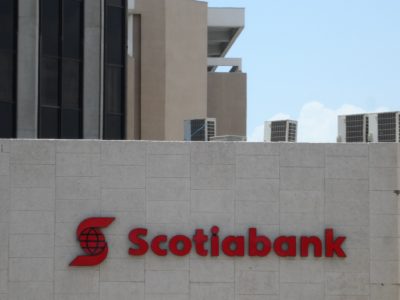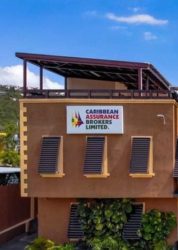Imports from the Caricom region fell during January to August 2013 by 11.8 percent or US$80 million to US$599 million compared to US$680 million spent in the comparable 2012 period.
The decline of US$91 million to US$403 million for “Mineral Fuels, etcetera” was the main contributor to the decrease. “Food” valued at US$117 million increased from US$103 million in the corresponding 2012 period. Imports of “Beverages & Tobacco” and “Chemicals” were valued at US$28 million and US$17 million respectively in the 2013 period, compared to US$26 million and US$20 million respectively in the comparable 2012 period.
The value of Jamaica’s total exports of goods to CARICOM fell marginally by US$1 million to US$44 million during the review period.
During the eight month period, Jamaica narrowed the trade deficit by US$79 million to US$555.0 million, below the US$634.4 million recorded for the same period in 2012.
Related posts | Big drop in trade deficit | CARICOM balance narrows sharply












